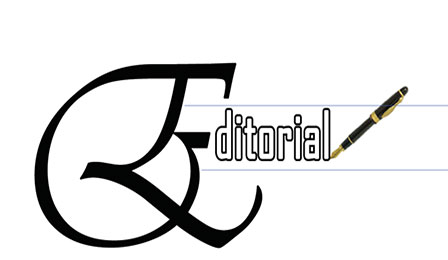
Whenever one thinks of tourism in Ethiopia, the first thing that pops into the mind is the ancient tangible heritages such as the Aksum Obelisk, the Rock-Hewn Churches of Lalibela and The Royal Enclosure in Gondar. But the country is also rich in terms of other intangible heritages and tourism attractions.
If managed and developed properly, these intangible heritages could be a great addition to the list of tourist attractions that make meaningful contribution to the economy.
Among these are the various cultural and religious festivities. Being home to diversified people and religious traditions, this endows Ethiopia an enormous potential for festival tourism.
Festival tourism is a rapidly developing tourism phenomenon in Ethiopia. This is what has been witnessed in the recently celebrated Timiket, the Ethiopian Orthodox Tewahedo celebration of Epiphany, across the country.
Timiket is celebrated on January 19th (or 20th in a leap year), corresponding to the 11th day of Tir in the Ethiopian calendar. It celebrates the baptism of Jesus Christ in the River Jordan and is best known for its ritual reenactment of baptism.
During the celebration, a large number of local and international tourists have taken part due to the effective promotional activities undertaken and as UNESCO inscribed Timkat in 2019 on the Representative List of the Intangible Cultural Heritage of Humanity.
Following the inscription, the number of tourists coming to Ethiopia to attend the Timket festival was expected to significantly increase. According to the Ethiopian Tourism Organization, UNESCO’s inscription
of Timket festivity enabled the number of tourist flows to rise up from the previous 843,000 to 1.2 million this year. This shows the inscription has significantly increased Timket’s international and acceptance.
The inscription is also the case for other public festivities and intangible heritages for Ethiopia. Meskel (the founding of the true cross), the Geda System (a traditional system of governance used by the Oromo people), and the Fichee-Chambalaala (the New Year festival of the Sidama people) have also received similar recognition from UNESCO.
Besides Timket, Ethiopian Christmas in the ancient city of Lalibela, Irreechaa (the thanksgiving holiday of the Oromo), the celebration of St Mary of Tsion in the city of Axum where it is claimed to contain the original Ark of the Covenant, the Celebration of St Mary of Gishen at a place where a portion of the cross on which Jesus Christ is crucified is believed to be kept in Ethiopia, and Ashura celebration at Al-Nejashi which is said to be the first mosque in Africa are the major religious festivals that could attract a large number of tourists. There are also several New Year celebrations among the diversified Ethnic groups of Ethiopia.
These days, festivals play a major role in the development of tourism; therefore it is imperative that Ethiopia’s tourism sector gives special attention to it.
Particularly, Religious tourism is as old as religion itself and consequently the oldest form of tourism in the world. Ethiopia has all the potential to be a center for such tourism. In terms of culture, it is also the same.
Stakeholders have to be prepared to tap this yet another potential of the tourism industry through extensive promotion and by putting in place the necessary tourism infrastructure so that Ethiopia gains its share of the pie.
The Ethiopian Herald January 23/2020





